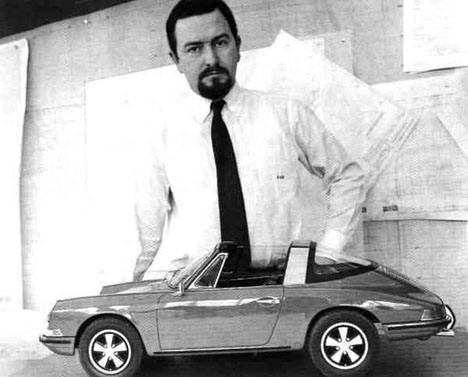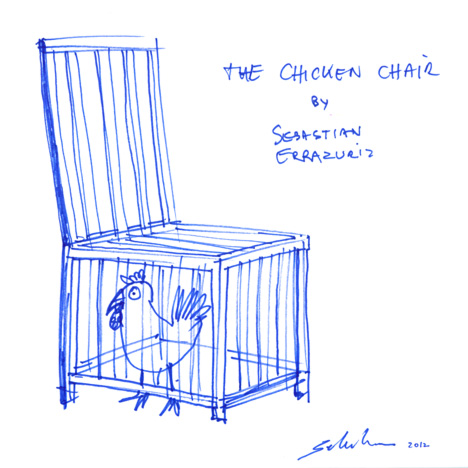

As you prepare your entries for the HEINEKEN Sustainability Challenge, we thought we'd take a moment to look at one of HEINEKEN's most recent innovations in packaging design: the STR Bottle. Leveraging some of the key components of the Sustainability Challenge, the STR Bottle uses recyclable aluminum cans and pushes forth new packaging innovation in the market. Core77 had an opportunity to chat with Mark van Iterson, Sustainability Challenge Judge and Global Head of Design at Heineken, and John McGuire, Project Manager Packaging Innovation Heineken International, about the design and innovations introduced in the STR bottle. The aluminum can was introduced to high end nightclub environments around the world and the UV-sensitive ink illuminates under black lights to reveal a surprise graphic on the bottle.
Core77: HEINEKEN has a long history of innovation for both on-premise and off-premise packaging and design. How does HEINEKEN define innovation? Why is it important for your category?
Mark van Iterson (MvI): We define innovation as everything that adds value to the consumer experience. That could be packaging, but also the way we serve the beer, for example extra cold. Or merchandise items like the perfect glass or tray.
Innovation sets us apart from our competitors. Heineken is progressive and inventive, while the category is relatively traditional. In the end innovations will create added value and differentiation.
What were some of the key cultural and design considerations you were trying to address when you started work on the STR Bottle? How does the final packaging design look towards the next phase in packaging?
MvI: STR is for specific types of outlets and occasions; night, dance, top end. These outlets and its consumers are very design minded, and sensitive for the looks of things. STR bottle is a typical progressive and outspoken design statement; very stylish, minimalistic in a way, but also iconic. Subtly branded, and with a hidden surprise in the UV inks that only flair up under black-lights.
The progressive nature of the STR design could also be considered as a scout for the Heineken brand. It's exploring new territories.
 New bottle holders introduced last week at HEINEKEN's "Club of the Future" in Milan
New bottle holders introduced last week at HEINEKEN's "Club of the Future" in Milan
The most exciting design innovation for the STR bottle is the technique used to affix a UV-sensitive ink to the aluminum bottle. What are some of the processes behind this technique?
John McGuire (JMcG): UV or Invisible ink as it is also called, has its origins in anti-counterfeiting. The ultraviolet ink becomes visible when exposed to the black light. It's this ability look different in different light sources which we were after. Careful consideration for how the print is constructed and placed on the non-printed areas of the bottle ensure that it has the signature purple tone that is now synonymous with image of the STR bottle in bars and clubs.
MvI: The beauty of the UV inks is that it is designed as a surprise. The technology in itself was not revolutionary, this way applying it is. It creates excitement and talkability.
(more...)














 The IKEA Knäppa camera with a felicitous bit of
The IKEA Knäppa camera with a felicitous bit of 
 So that's why IKEA only bid $999 million for Instagram...
So that's why IKEA only bid $999 million for Instagram...
 Girl Scout cookies not included
Girl Scout cookies not included


 Broken Rochester gauge
Broken Rochester gauge
 Agency of Design - The Optimist Toaster
Agency of Design - The Optimist Toaster














 Silo Studio's NSEPS Table Sculpture
Silo Studio's NSEPS Table Sculpture

















